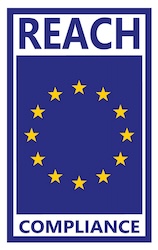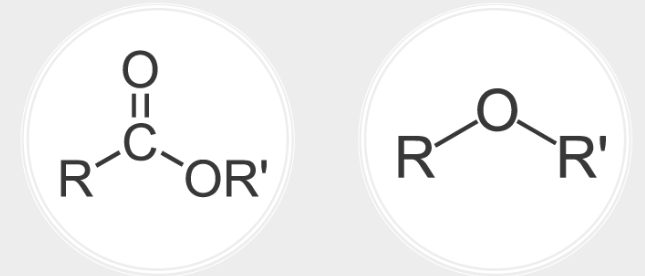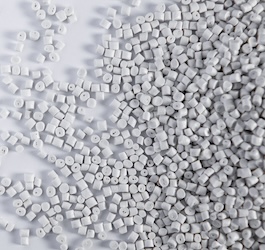Understanding REACH SVHC: A Comprehensive Overview

The Registration, Evaluation, Authorization, and Restriction of Chemicals (REACH) is a European Union regulation adopted to protect human health and the environment from the risks posed by chemicals. A pivotal element within this regulation is the Substances of Very High Concern (SVHC) list. This list is not static; it's periodically updated to include chemicals that may have serious and often irreversible effects on human health and the environment.
SVHCs are identified based on criteria set out in Article 57 of the REACH Regulation. These substances may be carcinogenic, mutagenic, toxic for reproduction (CMRs), persistent, bioaccumulative and toxic (PBTs), very persistent and very bioaccumulative (vPvBs), or of equivalent concern (e.g., endocrine disruptors). The identification of a substance as an SVHC is the first step towards its possible inclusion in the Authorization List, Annex XIV of REACH, which could lead to its ban or restriction within the EU market.
The implications of the SVHC list are profound for industries. Manufacturers, importers, or downstream users of these substances within the EU are required to communicate their presence in products above a concentration threshold of 0.1% weight by weight to customers and, upon request, to consumers within 45 days. Additionally, suppliers of substances on the SVHC list, either on their own or in mixtures, must provide safety data sheets.
For businesses, staying compliant with REACH SVHC requirements means continuous vigilance and adaptation. It involves monitoring updates to the SVHC list, conducting thorough supply chain assessments, and implementing necessary changes in product composition or providing appropriate safety information. This not only ensures legal compliance but also promotes the development of safer alternatives, aligning with the broader goal of sustainable and responsible chemical management.
REACH SVHC is more than just a regulatory obligation; it represents a critical component of the EU's commitment to safeguarding public health and the environment from hazardous chemicals. By fostering transparency and pushing for safer chemical use, REACH SVHC helps ensure that the benefits of chemical innovation are not overshadowed by their potential risks.












